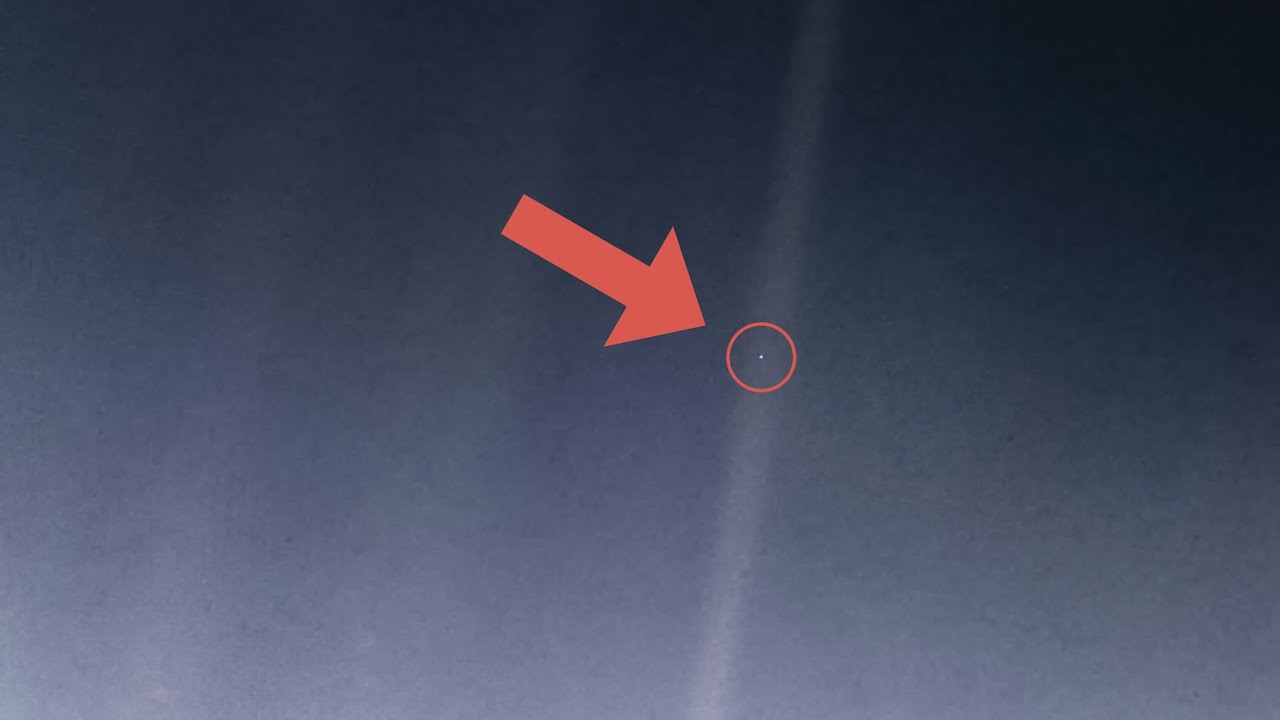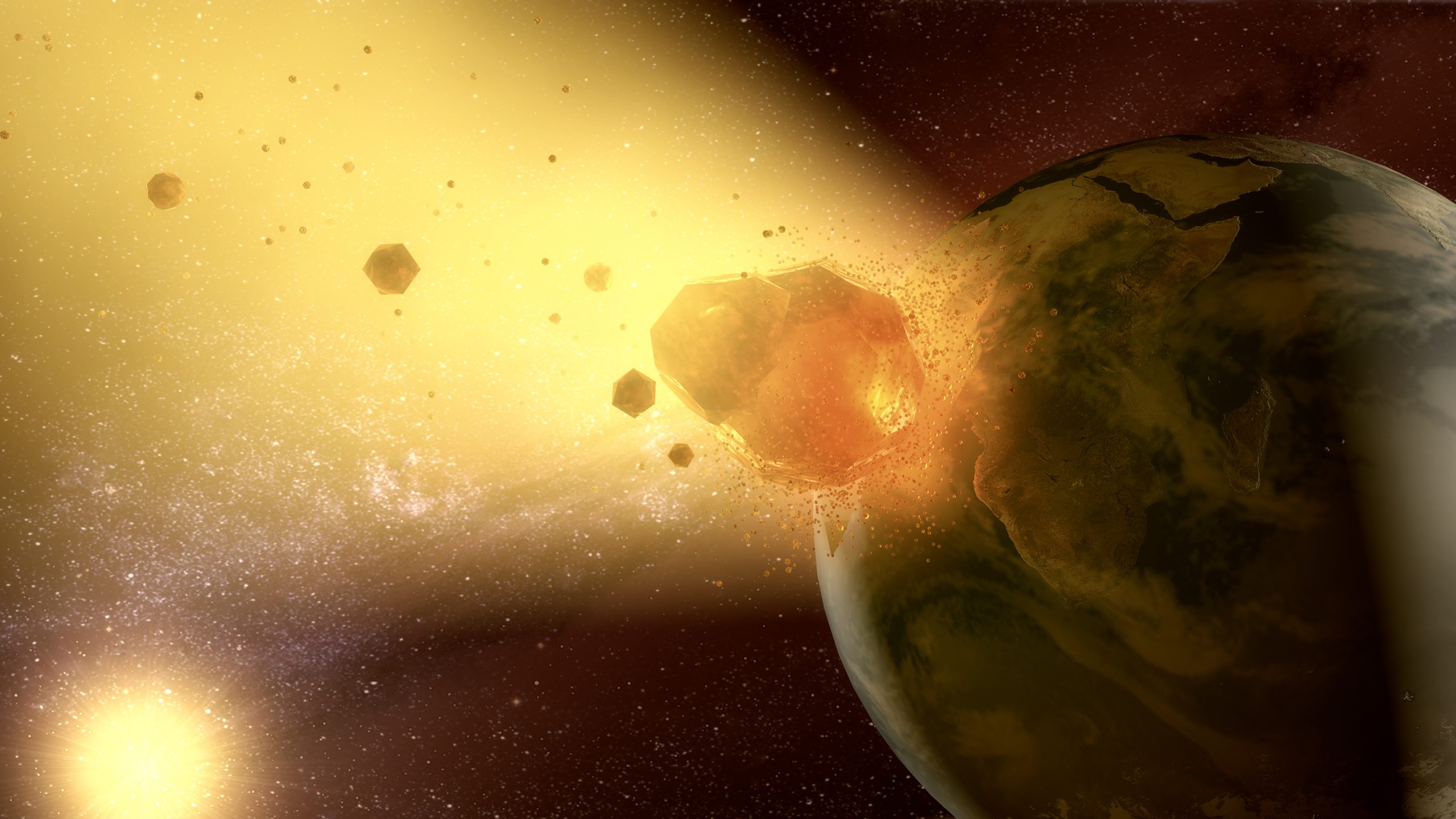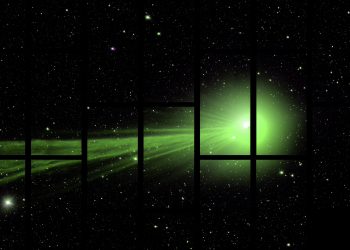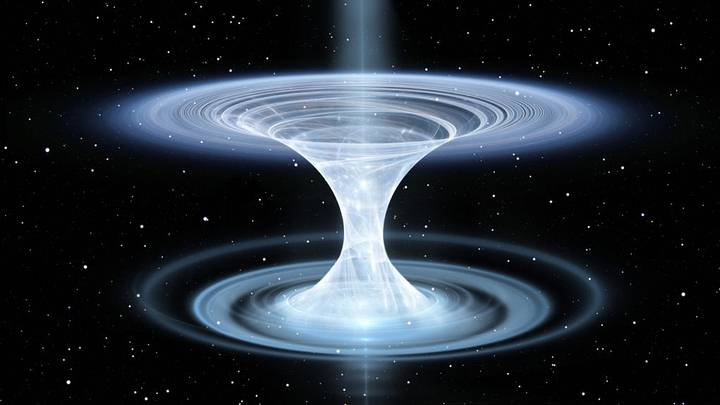Thirty-five years ago, a single photograph reshaped our perspective on Earth and our place in the cosmos. On February 14, 1990, NASA’s Voyager 1 spacecraft captured an image that would become one of the most profound ever taken: Earth as a tiny speck in the vastness of space, now famously known as the “Pale Blue Dot.”
The idea to take this image wasn’t originally part of Voyager 1’s mission. It was Carl Sagan, the celebrated astronomer and science communicator, who persistently advocated for turning the spacecraft’s camera back toward Earth. His reasoning was simple yet profound—he wanted humanity to see itself from a distance never before imagined.
After years of discussions and planning, the moment arrived. From a staggering distance of 3.7 billion miles (6 billion km), just beyond Neptune’s orbit, Voyager 1 captured the now-legendary photograph. The data trickled back to Earth over three months, revealing our home world as nothing more than a faint, pale dot suspended in the vast darkness of space.
A Message That Still Resonates
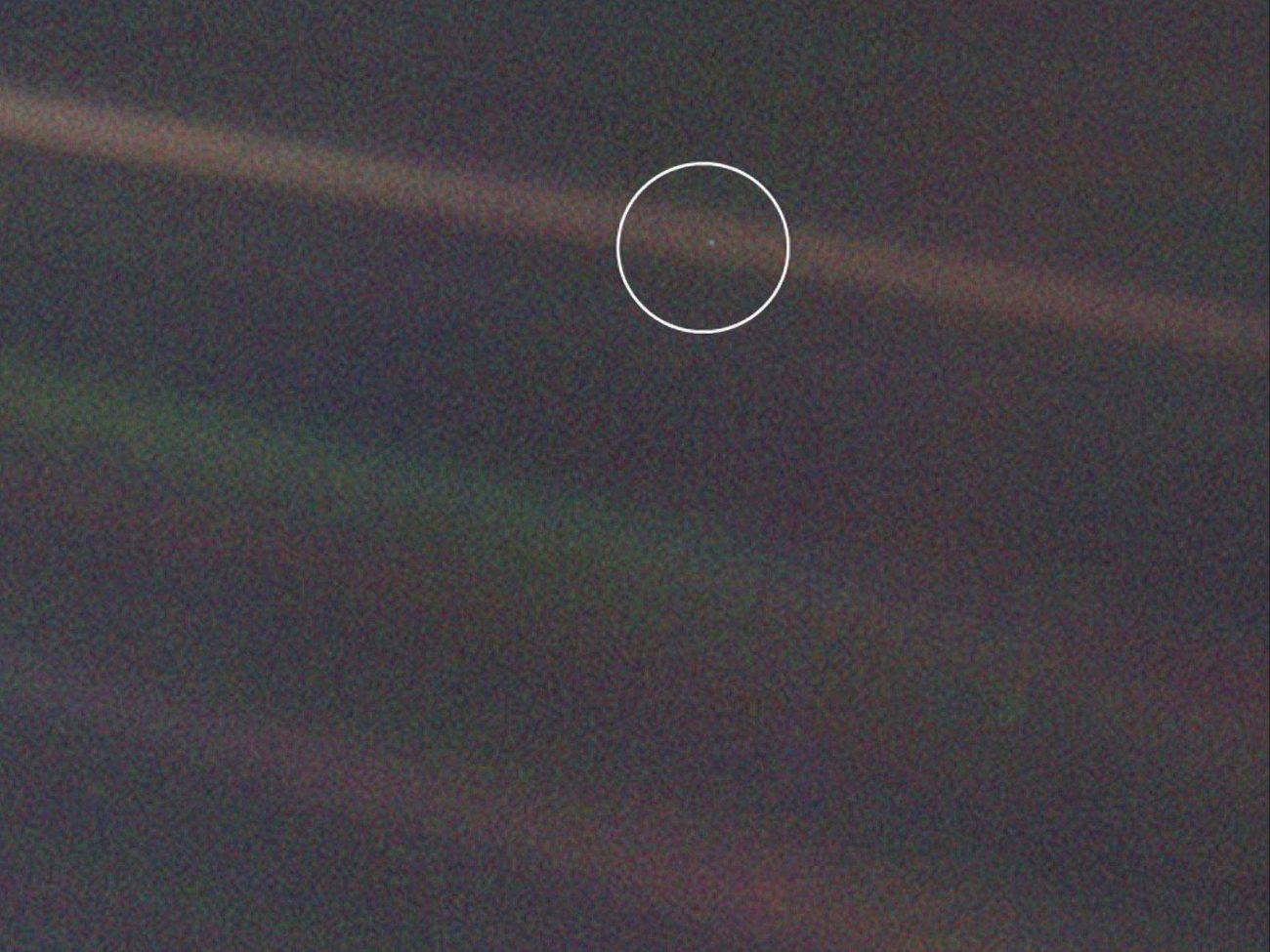
Carl Sagan later reflected on this image in his 1994 book Pale Blue Dot, offering words that remain as impactful today as they were decades ago:
“Look again at that dot. That’s here. That’s home. That’s us,” Sagan wrote. “On it everyone you love, everyone you know, everyone you ever heard of, every human being who ever was, lived out their lives.”
His message was clear—Earth is our only home, shared by every person who has ever lived. The image was not just a scientific achievement but a humbling reminder of our planet’s fragility. It underscored the importance of unity, cooperation, and protecting the only world we have.
Where Is Voyager 1 Now?
Three and a half decades later, Voyager 1 has ventured even farther into the unknown, now more than 15.5 billion miles (25 billion km) from Earth. As the most distant human-made object, it continues to send back data from interstellar space. Though it has faced technical challenges in recent years, the spacecraft still carries its Golden Record—humanity’s message to any extraterrestrials it might encounter.
As another Valentine’s Day arrives, Voyager 1 continues its silent journey, alone in the depths of space. But here on Earth, its legacy endures, reminding us of the beauty and vulnerability of our home planet.



